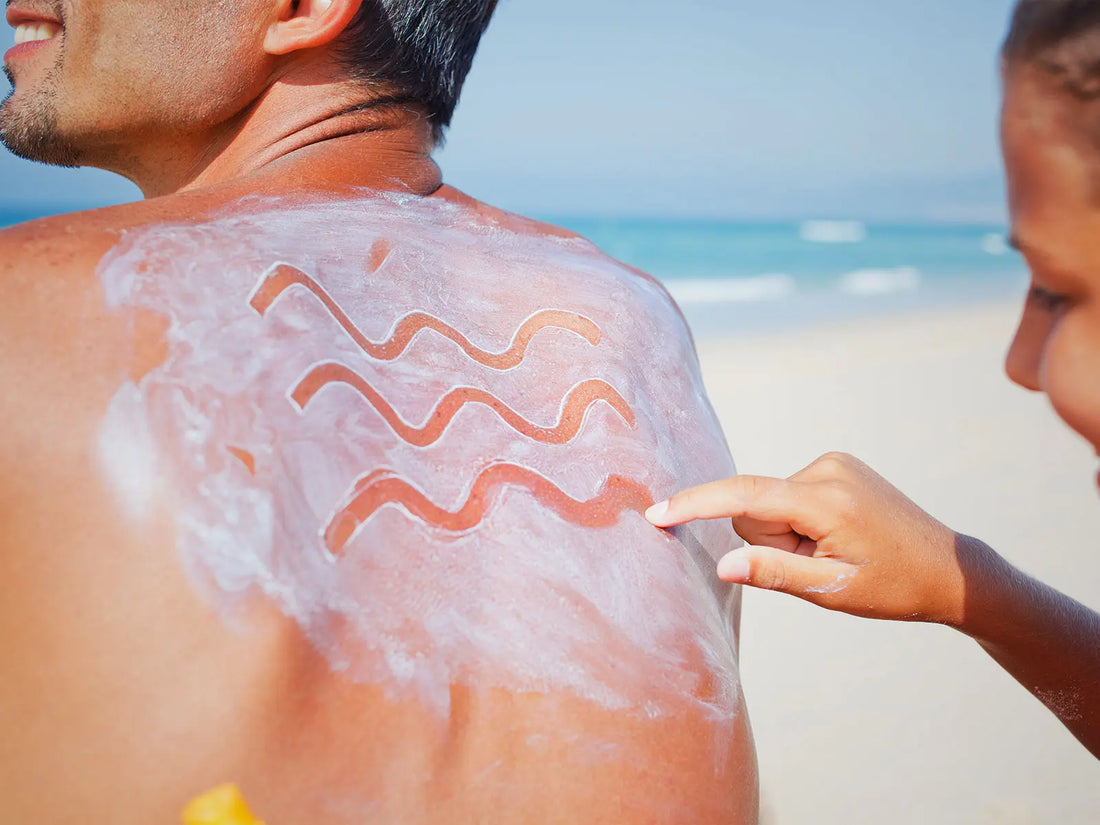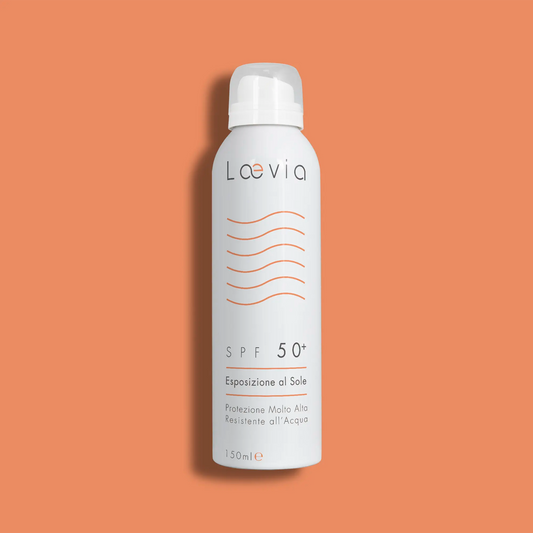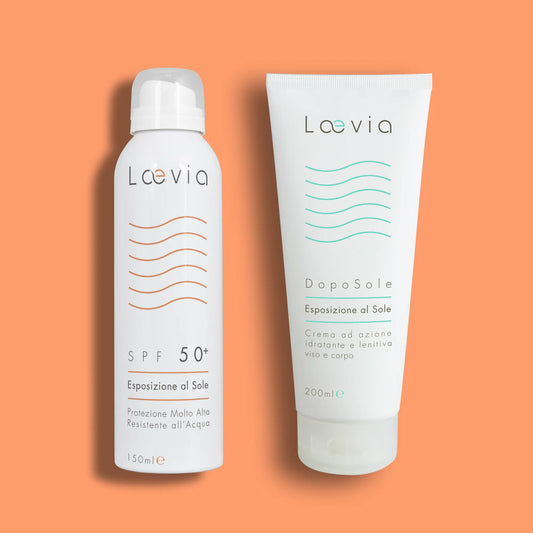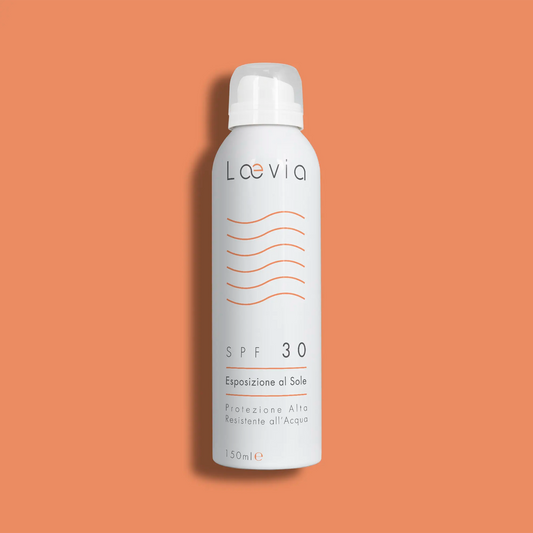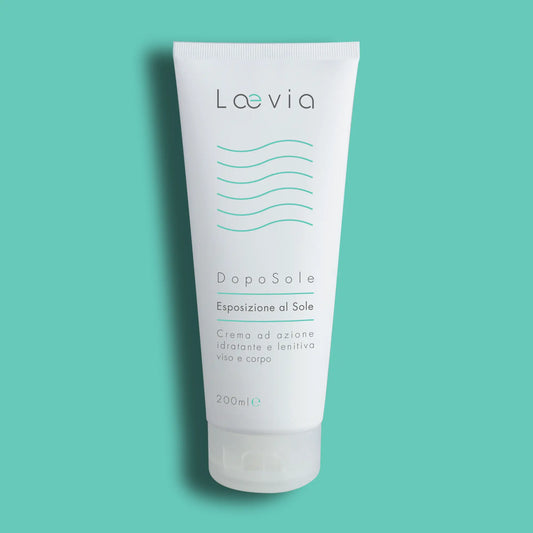The sun is very important for the body, even for the most sensitive skin. Thanks to ultraviolet rays, the synthesis of vitamin D in the body is stimulated. The sun helps ossification and acts benevolently on some forms of skin diseases such as Atopic Dermatitis and Seborrheic Dermatitis. However, it is very important to sunbathe with due precautions.
However, incorrect exposure to the sun can be very harmful: just think that the first damage to the skin can occur after about 20/30 minutes. It doesn't take much time to benefit from sun exposure.
To help us understand how harmful ultraviolet radiation can be, the UV index was created. It is a scale with 5 degrees of intensity: the higher the degree, the higher the possibility that solar radiation causes damage to the skin and eyes. The UV index is released every day and tells what the intensity of ultraviolet rays will be on that day.
Particular attention must be paid to the phototype of our skin: depending on our somatic characteristics (such as color of the eyes, skin and hair) the ability to tan and the tendency to burn is determined. There are 6:
Phototype 1: blond or red hair, light eyes, very light complexion, extremely sensitive to the sun, always burns and doesn't tan.
Phototype 2: blond or light brown hair, light eyes, light complexion, sensitive to the sun, burns easily and tans with difficulty.
Phototype 3: brown hair, light or brown eyes, light brown complexion, can get sunburned but tans.
Phototype 4: dark brown or black hair, dark eyes, olive or dark complexion, rarely burns and tans easily.
Phototype 5: black hair, dark eyes, olive-brown complexion, tans intensely.
Phototype 6: black hair, black eyes, black complexion, never burns, black ethnic type.

CORRECT EXPOSURE
- Avoid excessive exposure and sunburn especially during childhood and adolescence
- Excessive exposure is risky for our health: no product filters 100% of UV rays, but the use of adequate sun protection helps prevent redness, erythema, photo-aging and skin cancer
- Protect children with hat, t-shirt and sunglasses; do not expose children under 12 months to direct sunlight
- Avoid exposure during the hottest hours (11am – 5pm)
- Always use sunscreens suitable for your skin phototype
- Apply the product in advance of sun exposure, remembering that being already tanned does not mean you are protected
- Apply a generous amount of cream and renew the application frequently, especially after swimming or after sweating
- Use broad spectrum UVA-UVB protection and with SPF (Sun Protection Factor) not less than 30.

